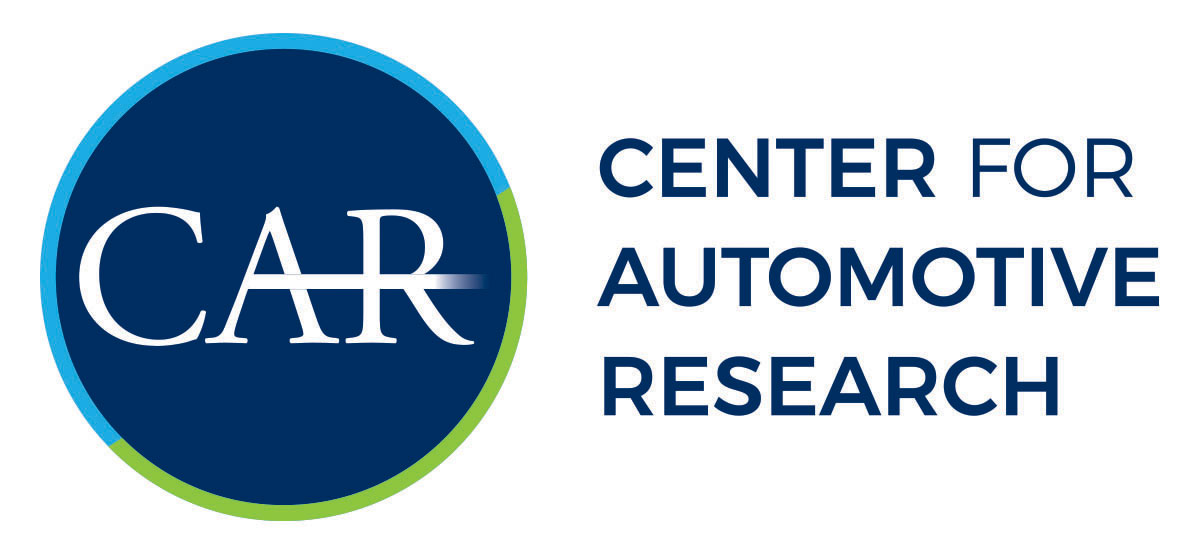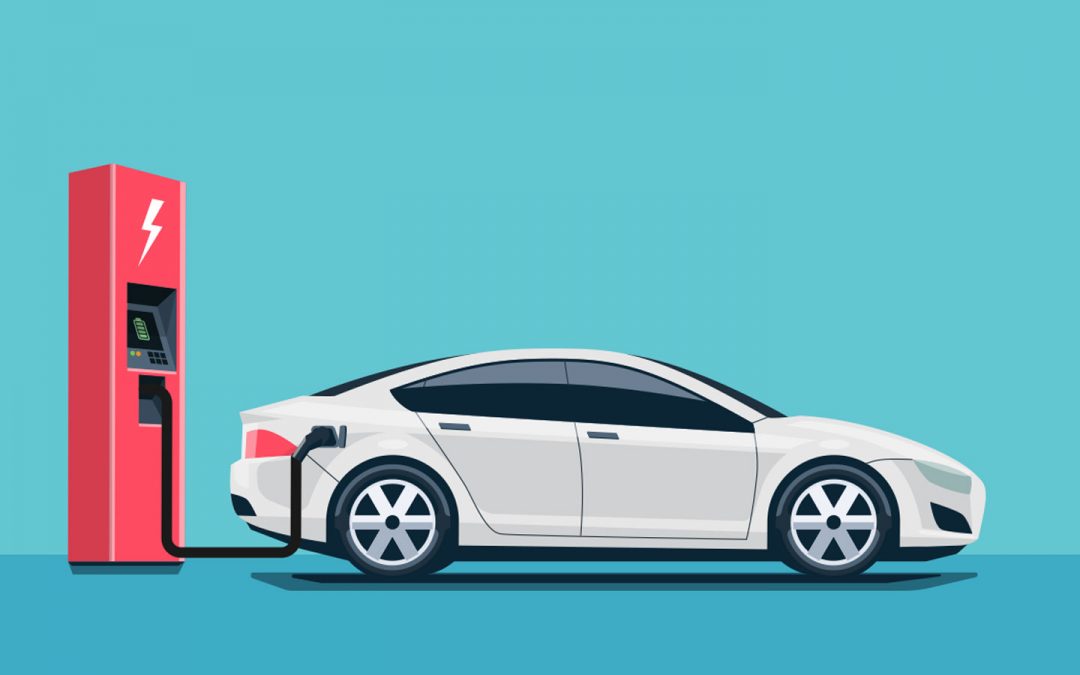The automotive industry is changing at an unprecedented rate. Vehicle technologies including automated driver assist systems (ADAS), connected and automated vehicles (CAV), and advanced powertrains have the power to transform both the product and the industry. Automated, connected, and electric (ACE) automotive technologies will enable new mobility paradigms, new companies, and new business and revenue models that have the potential to alter the way consumers interact with vehicles. Taken together, new vehicle technologies and new mobility services contribute to advancing the shared economy. Moreover, the ACES transition appears to be happening sooner, rather than later.
Traditionally, vehicle technology trends happen very slowly and often include step-function advancements due to unpredictable innovation. Success in this environment usually relies on a variety of seemingly unrelated inputs, which are difficult to determine in advance. Looking forward, how will the industry link connected, automated and electric vehicle technologies to drive the new vehicle paradigm?
ACE technologies can exist as stand-alone advancements, but when combined, this set of advancements may fulfill the loftiest technology expectations. In a few decades, it is likely that people will no longer make the distinction between the three areas, and will see ACE technologies as one thing.
Many see Telsa as a leader in electric vehicle deployment, and the company is also very aggressive in implementing conditional automated driving technologies. Tesla’s combination of real and perceived technology leadership has given the company a unique marketing position, and unmatched real-world learnings from conditional automated driving. While the company has struggled to deliver profits, it has achieved phenomenal success in delivering a vision, leveraging regulatory credits, creating public excitement, and maybe even laying the foundation for change that drives consumer expectations
From a market positioning opportunity, many companies want to attract enthusiasm similar to what Tesla has, and these companies have made ACE technologies a part of their vision for market success. Volkswagen, for example, is proactively positioning the VW Buzz—their re-imagining of the VW microbus—as an ACE game-changer for the company. The Buzz is VW’s star candidate for testing how the consumer might react to ACE technology innovations.
Other companies are following a similar path. Smart CEO Annette Winkler may have summed it up best during her introduction of the Smart Vision EQ Fortwo concept vehicle, “The smart vision EQ Fortwo is our vision of future urban mobility; it is the most radical car sharing concept car of all: fully autonomous, with maximum communication capabilities, friendly, comprehensively personalisable and, of course, electric”. The paths of CAV and battery electric vehicle (BEV) technologies are merging, and the resulting fusion may further enable the sharing economy.
Meanwhile, General Motors recently built 130 Chevrolet Bolts with automated technology for on-road testing. Maven, GM’s car-sharing business, also relies on the (non-automated) fully-electric Chevy Bolt. While Cadillac is GM’s leading brand to deploy conditional automated driving technologies, the Bolt is the company’s showcase for testing fully-automated driving and new mobility ideas.
New mobility providers such as Lyft and Uber are also playing at the nexus of ACE. For these businesses, the opportunity for real cost savings may come when they can eliminate the driver. Once the need for a driver is gone, the vehicle will have to charge itself. For that, BEVs provide a more viable pathway. At the same time, companies such as Qualcomm, Plugless Power, and others are working to develop and deliver inductive charging which may enable cars to refuel (recharge) without any driver intervention.
Recent CAR research reports have addressed implications for developing automated, connected and electric vehicles, and implementing new mobility ideas.
CAR’s work in the area highlights the opportunities and challenges for automakers: from the consequences of materials selection and technology development; to workforce skills; and even community planning for new mobility. Over the next year, CAR will continue to work with our Technical Advisory Council and other industry stakeholders to better understand the industry can chart a future in the ACES environment.
Read more on the potential impact of new mobility on the automotive industry and communities and get an overview of technology advancements:

